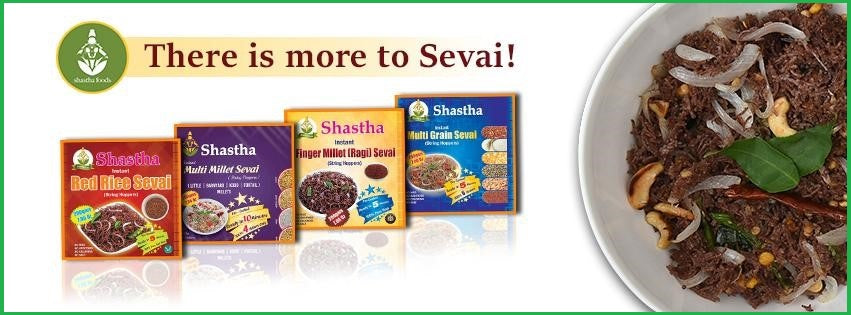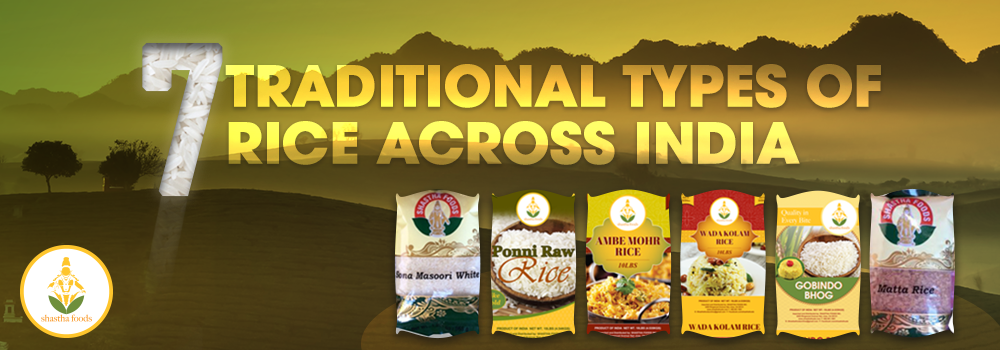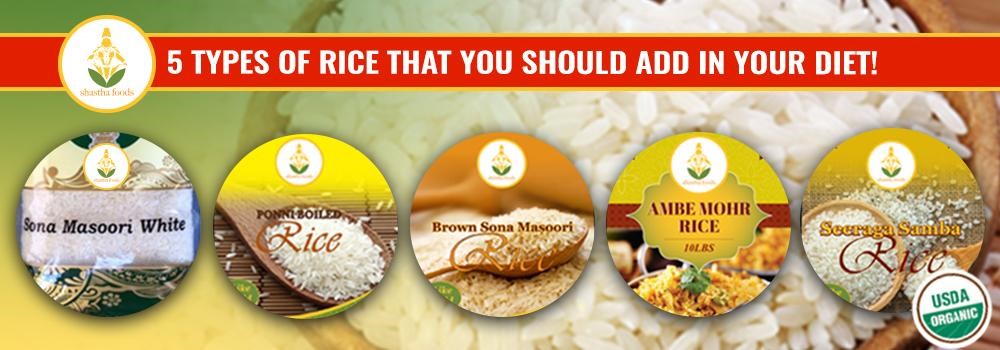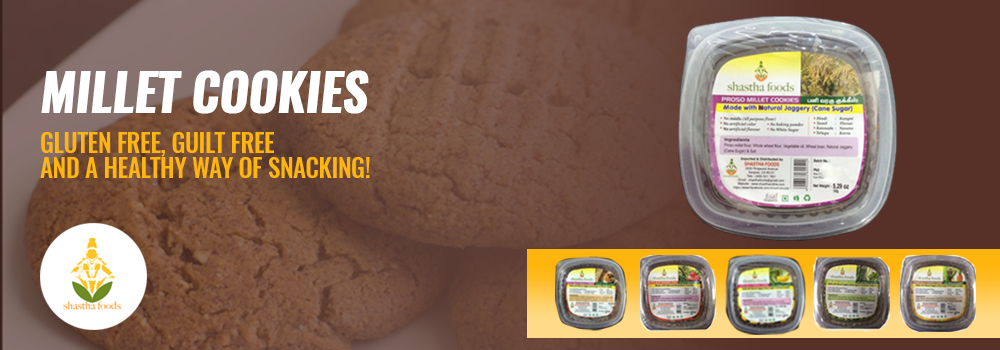A HEALTHY COMPANION TO AN AUTHENTIC INDIAN MEAL
Indian food is mostly healthy with subtle flavors and aroma. One thing that remains common in most Indian cuisines is the inclusion of side dishes like pickles, chutneys or papads. Vadams, commonly used in South India, are almost synonymous with “Papads”. These are usually sun dried preparations, which are made from one or more of the following ingredients: rice, lentils, potato or sago. These need to be deep fried in oil for eating. They are usually served as accompaniments to a meal in India, but they are great as snacks or appetizers. Shastha Elai vadam are made from rice. We make a batter with soaked rice and let it ferment. They are then steamed in the shape of small pancakes (4″-5″ circles). “Elai” means leaves in Tamil. These vadams are called elai vadams because, in earlier days these were steamed on leaves instead of the stainless steel contraptions used today.
It seems to be a dying food but we love it in our house. Its a time-consuming activity, but worth the effort. Basically, it is a batter of rice and sago, mixed with green chillies and cumin. It is ladled over banana leaves and steamed until done. Most of the Indian housewife makes large quantities of Vadam and dry it properly and store it and use it even for 1 year.
Normally in the tamil month Masi, vadams are made because it is the starting season of Summer. Morning time is the best time for doing vadam as the sun won’t be very hot. Vadam is liked by all age groups in any family.
Drying the vadam:
Another good thing about these Vadams is that they do not need to be dried in the sun. They dry up just fine in your bedroom! And they dry up pretty fast, just leave them out overnight and they will be almost dry. Then just let them be, spread on a plastic sheet for 1-2 more days. Then pack them up!! That’s is!! If you do have enough sunlight, or are making them in summer, then you can dry them in the sun.
The roasted elai vadam or the microwaved one is given as an accompaniment in “Patthiya samayal” (the food given to a woman after a child delivery). It tastes heavenly in that menu
This is as traditional an Indian food as you can get! Hope that this beautiful dish doesn't die into non-existence.
Shastha Foods brings you a wide range of Rice Elai Vadams - Pure and Natural taste direct from the Grandma’s kitchen. WE CONNECT YOU WITH YOUR ROOTS. These vadams are made in different flavors with the same old authentic taste and real ingredients.
Rice Elai Vadam (Omam) – Made with Potato, Sago, Rice Flour and salt this vadam serves as a great snack with evening tea.
Rice Elai Vadam (Red Chilli) - Made with Potato, Sago, Rice Flour and Salt this spicy vadam will be a great accompaniment with any meal.
Rice Elai Vadam (Tomato) - Made with Rice Flour, Tomato, Sago, Asafoetida and Salt-Fresh and tasty
Rice Elai Vadam (Cumin) - Made with Potato, Sago, Rice Flour and Salt with the rich flavor and crunch of cumin
Finger Millet Rice Elai Vadam (Ragi)- Made with Finger Millet (Ragi), Rice Flour and Salt- Lets have a healthy evening tea
Potato Rice Elai Vadam- Made with Potato, Sago, Rice Flour and Salt with the real taste of potatoes.
Coriander Rice Elai Vadam –Enjoy this vadam with the freshness of coriander and garlic.
Vadams- crunchy, fried side dish add to the experience of a sumptuous south Indian meal. Lets include them in our everyday diet to experience the same taste of our childhood memories.



 MANGO THOKKU - Mango Thokku can be had with curd rice for a light lunch, or can be spread on toasted bread for a quick breakfast. Raw Mango thokku is also used as an accompaniment to rice and Sambar.
MANGO THOKKU - Mango Thokku can be had with curd rice for a light lunch, or can be spread on toasted bread for a quick breakfast. Raw Mango thokku is also used as an accompaniment to rice and Sambar. MANGO GINGER THOKKU - An south Indian accompaniment made with mango ginger, a variety of ginger which has mango flavour, looks like ginger. This thokku goes well with curd rice, rasam rice and idli, dosa, parathas too.
MANGO GINGER THOKKU - An south Indian accompaniment made with mango ginger, a variety of ginger which has mango flavour, looks like ginger. This thokku goes well with curd rice, rasam rice and idli, dosa, parathas too. CUT MANGO PICKLE
CUT MANGO PICKLE NARTHANGAI PACHADI- Narthangai means citron and this is a tamarind based gravy. Truly heavenly when tasted this pachadi is served with dosa or curd rice. Citron has amino acids, vitamins, ascorbic acid, glutamic acid etc.
NARTHANGAI PACHADI- Narthangai means citron and this is a tamarind based gravy. Truly heavenly when tasted this pachadi is served with dosa or curd rice. Citron has amino acids, vitamins, ascorbic acid, glutamic acid etc.  MANGO AVAKKAI PICKLE- This Pickle is a spicy and delicious pickle which is packed with flavors from mustard, chillies and garlic. This simple and yet delicious pickle makes a great accompaniment to go along with dosa, hot rice, cheela and even parathas.
MANGO AVAKKAI PICKLE- This Pickle is a spicy and delicious pickle which is packed with flavors from mustard, chillies and garlic. This simple and yet delicious pickle makes a great accompaniment to go along with dosa, hot rice, cheela and even parathas.






















